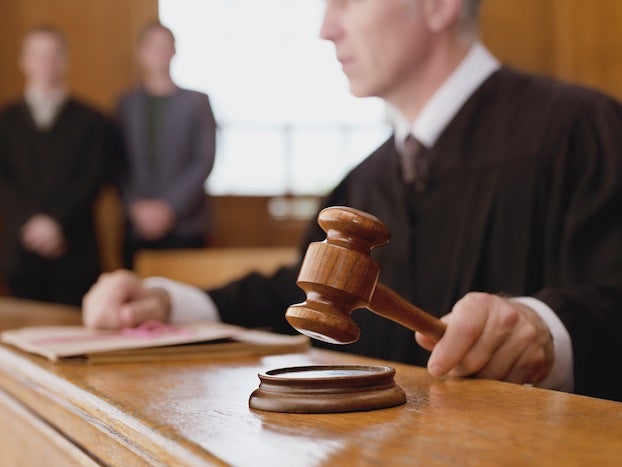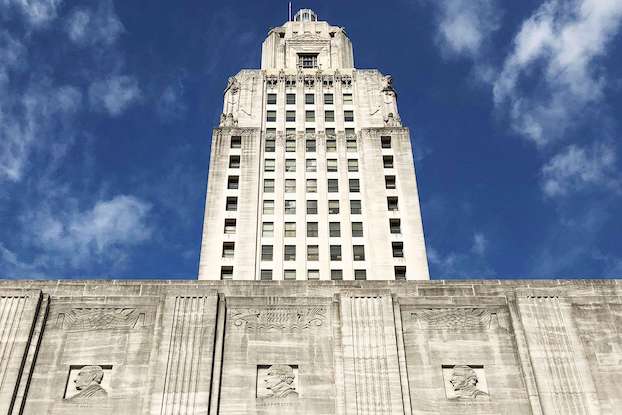Informer: Council president plans to post guidelines for invocations
Published 12:02 pm Monday, November 14, 2011
The Informer last Sunday answered a question about invocations given before Calcasieu Police Jury and Lake Charles City Council meetings.
The column listed the criteria federal courts have developed in determining a prayer’s constitutionality and outlined the Supreme Court case that the guidelines are based on.
Prayers are generally considered constitutional if they meet each of the following requirements:
• They’re nonsectarian.
• They don’t mention “Jesus,” “Jesus Christ,” “Christ,” “Our Savior” or a saint — though they may mention “God” or “the Almighty.”
• They don’t invoke one religion in preference to others.
• They’re directed only at the board members themselves.
• They precede public business and aren’t a part of public business.
The Informer also reported the results of its review of the invocations delivered at regular Police Jury meetings over the last two years — i.e., only five prayers met most or all of the criteria. The column included parish and city administrators’ responses to the criteria, and to case information sent to them by The Informer.
Bryan Beam, the parish administrator, said the people invited to deliver invocations at Police Jury meetings would from now on be given court-derived guidelines on prayers beforehand. City Administrator John Cardone forwarded the information to the city legal department and pledged to follow up with The Informer.
Cardone on Thursday said he had heard back from the legal department and had forwarded its reply to City Council members and the council clerk. He said changes to the invocation policy can only be made by the council president, who picks the meetings’ prayer leaders.
The current president, District D council member John Ieyoub, said Friday that he will post prayer guidelines in the City Council Chambers.
• Online: www.law.cornell.edu.
LIGHTS’ DETECTORS TO UNDERGO REPAIRS
I live in Sulphur, I work in Hackberry. I drive Highway 27 a bunch. When Carlyss Drive hits Highway 27 and where Dave Dugas Road hits Highway 27, both of those lights used to be smart lights: If you’re driving along and there’s no side traffic, they don’t change. But now both of them change when nobody’s on the side road. I go to work at four-something in the morning and it’s a waste of gas to have to stop at the lights when there’s no traffic. Why did the department of transportation change those lights? “These traffic signals have operated in a pretimed mode since their detection systems were damaged through roadway deterioration and paving operations,” Steve Jiles, the state highway department’s regional head, wrote Thursday in an email. “Based on the light traffic volumes entering these intersections during late-night hours, the signals will be programmed within the next several days to flash at night. Once the detection repairs are made within the next several months as planned, these signals will revert to the normal traffic responsive operation which previously existed.”
The Informer answers questions from readers each Sunday, Monday and Wednesday. It is researched and written by Andrew Perzo, an American Press staff writer. To ask a question, call 494-4098, press 5 and leave voice mail, or email
.





